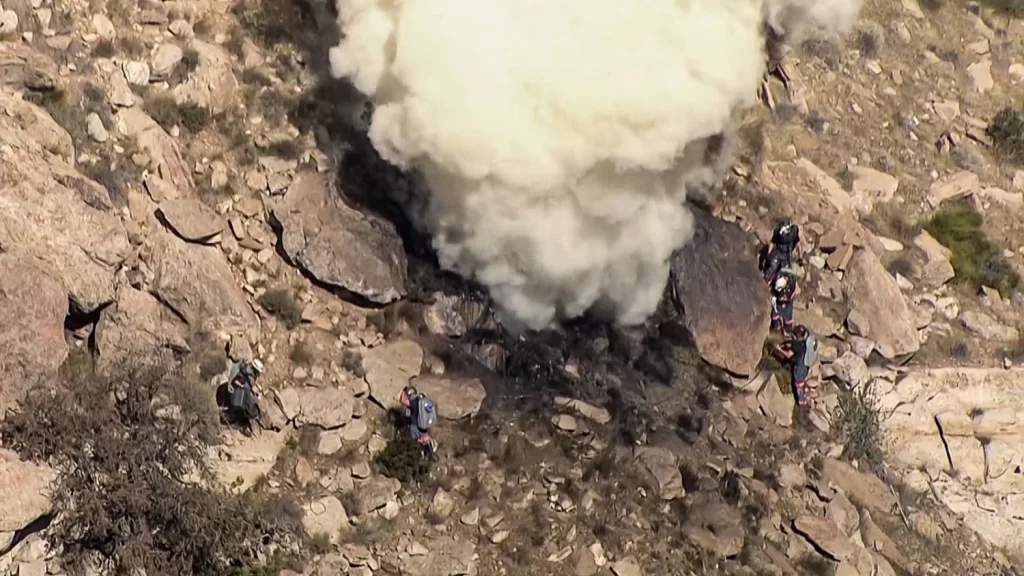Russia’s coal producer ELSI is offloading its Siberian assets to focus on developing its flagship Elga coal complex in the Far East. The move involves selling mines to Bashkir Industrial Holding, a lesser-known copper producer, and marks a strategic shift for ELSI.
Details of the Deal:
- ELSI is selling its four open-cut Siberian mines (Verkhneteshsky, Kolyvansky, Vostochny and Kiyzassky) producing anthracite, PCI, and high-c.v. thermal coal.
- These mines will revert to the Sibanthracite name and be managed by their previous team.
- The mines are located in Novosibirsk and Kemerovo regions, primarily exporting anthracite and thermal coal to Asian markets.
- ELSI expects the mines to produce around 25 million tonnes of raw coal this year.
- Sibanthracite also recently acquired licenses to develop the Kuznetskiy Yuzhny and Malinovsky open-cut mines that border the company’s existing mines in Kuzbass.
ELSI’s Focus on Elga:
- The company will concentrate on developing its Elga coal complex, boasting better access to infrastructure and Asian markets.
- To enhance export capabilities, ELSI is constructing Pacific Railways, a new line connecting Elga to a port in Manorskiy Bay.
- The first stage of this project, due in 2024, will enable Elga to export 30 million tonnes of coal per year, with potential expansion to 50 million tonnes.
- The new port will accommodate vessels up to 85,000 tonnes deadweight.
- The cost of the railway line is estimated at around RUB140bn ($1.6bn).
The Rationale:
- The sale of Siberian mines allows ELSI to concentrate resources on the larger, more strategic Elga complex.
- Elga’s location offers easier access to Asian markets, reducing transportation costs and potentially boosting profitability.
- The new railway and port project, despite its significant investment, will significantly enhance export capacity and efficiency.
Overall Impact:
- This strategic shift highlights ELSI’s confidence in the Elga complex’s potential.
- By focusing on Elga and investing in infrastructure, ELSI aims to become a major player in the Asian coal market.
- The success of this strategy hinges on the timely completion of major infrastructure projects and continued demand for coal in the region.









